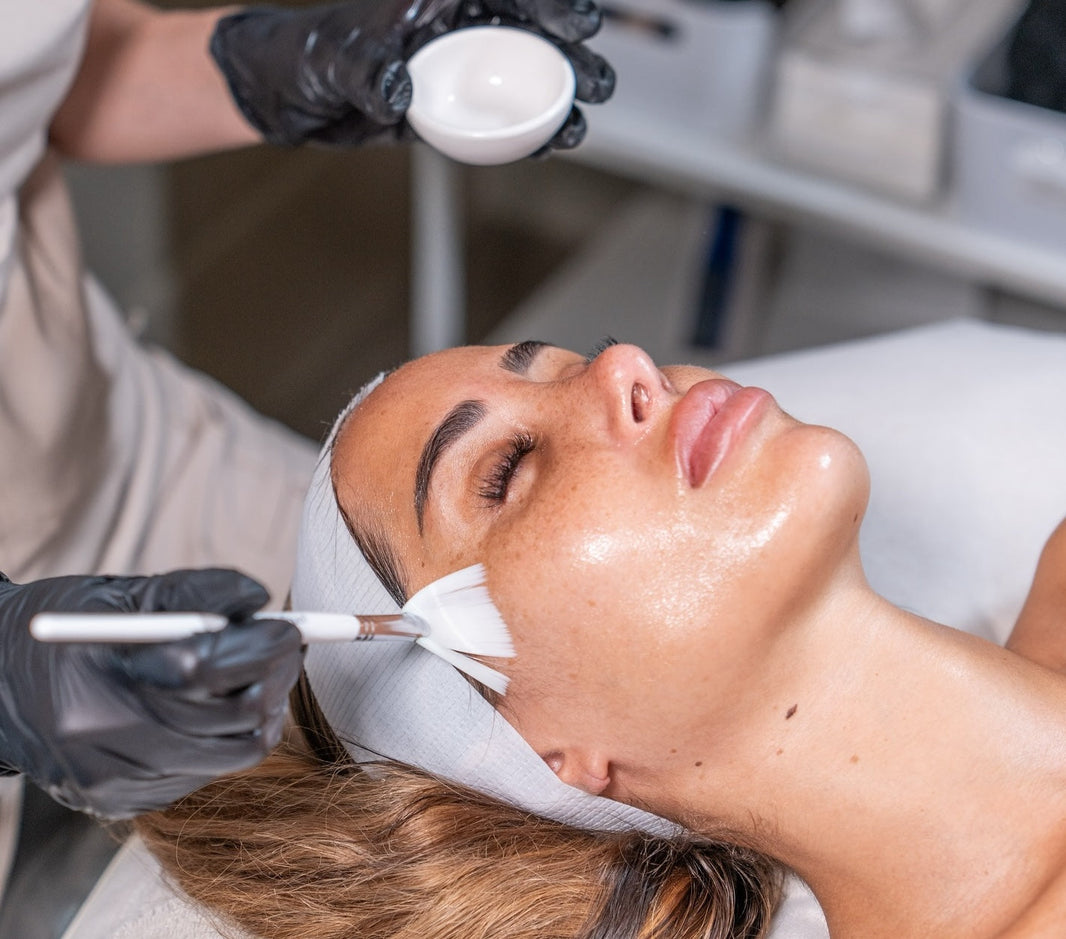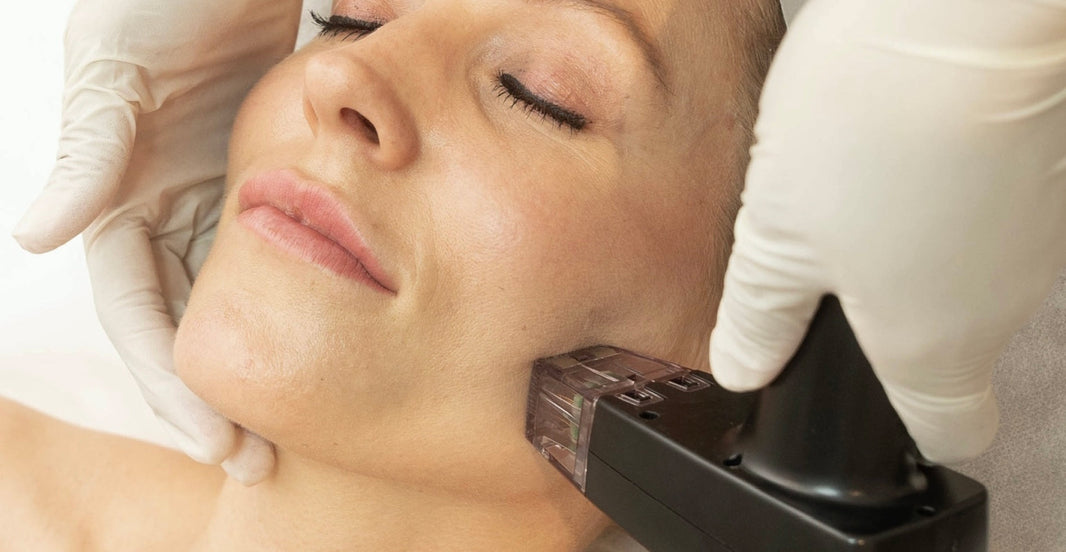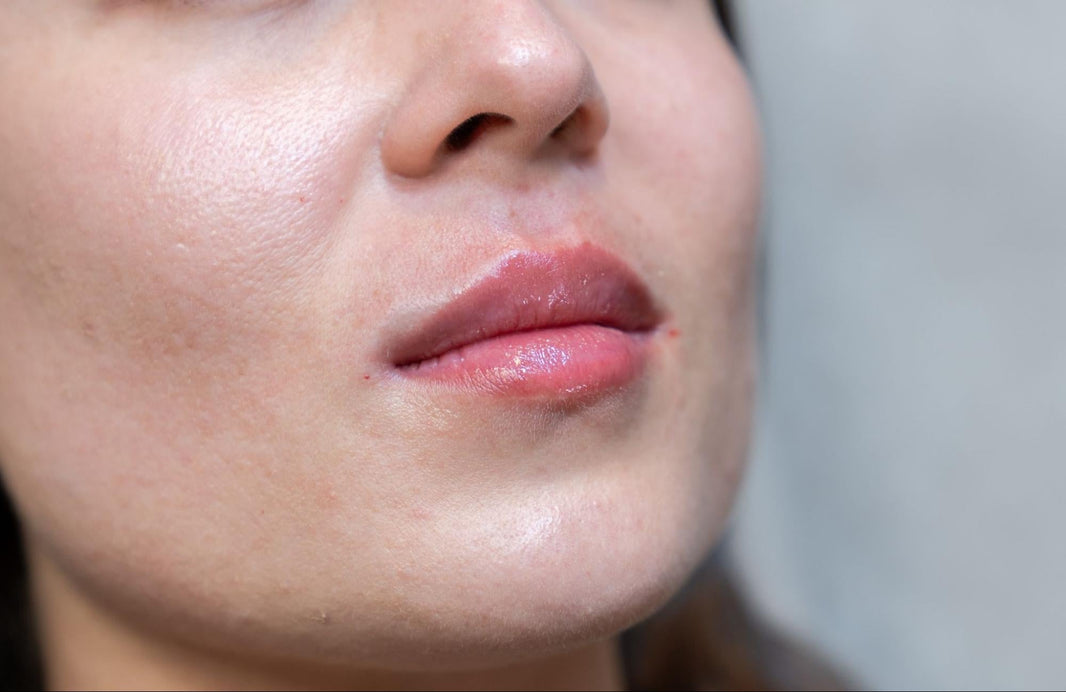Melasma is a common skin condition that causes dark patches. While it isn’t harmful, many people seek ways to manage or reduce it.
It’s more common in women, especially during pregnancy or while using hormonal contraceptives, but men can also develop it. People with darker skin tones are likelier to experience melasma since their skin naturally produces more pigment.
In this guide, we’ll cover everything you need to know about melasma, from its causes to treatment options, so that you can make informed decisions about your skin.
What is Melasma?
Melasma is a skin condition that leads to patches of darker skin. It occurs when pigment-producing cells become more active, usually due to factors like sun exposure, hormones, or genetics.
It typically appears in areas with a lot of sun, such as the forehead, cheeks, nose, and upper lip. In some cases, it can also develop on the neck and forearms. Unlike freckles or age spots, melasma tends to form larger, symmetrical patches rather than small, scattered spots.
Melasma is classified into three types based on how deep the pigmentation is in the skin.
-
Epidermal Melasma – The pigmentation is in the upper layers of the skin. It usually appears as dark brown patches with well-defined edges and responds well to treatment.
-
Dermal Melasma – The pigment is deeper in the skin, making the patches appear light brown or blue-gray. This type is harder to treat and may take longer to fade.
-
Mixed Melasma – This is the most common type and includes both surface-level and deeper pigmentation. It appears as a mix of brown and blue-gray patches and shows some improvement with treatment.
Causes of Melasma
-
Hormonal Factors
Many people develop it during pregnancy, which is why it’s often called the “mask of pregnancy.” Hormonal contraceptives and hormone replacement therapy can also trigger melasma by increasing pigment production in the skin.
-
Sun Exposure
Ultraviolet (UV) rays stimulate pigment-producing cells, making existing patches darker and causing new ones to form. Even brief sun exposure without protection can worsen melasma over time.
-
Genetics
If close relatives have it, there’s a higher chance of developing it. While genetics alone don’t cause melasma, they can make some people more sensitive to other triggers like hormones and sun exposure.
-
Medication
Some medications, including antibiotics, anti-seizure drugs, and hormone treatments, can make the skin more sensitive to light, increasing the risk of melasma.
-
Cosmetics and Skincare Products
Certain cosmetics and skincare products, especially harsh or irritating ones, can also trigger pigmentation changes by causing skin inflammation.
-
LED Screens and Environmental Factors
Blue light from screens and infrared radiation from heat sources like stoves or saunas may worsen pigmentation. Pollution and harsh weather conditions can also irritate the skin, making melasma more noticeable.
Symptoms and Prevention of Melasma
Melasma appears as patches of darker skin, usually on the face. The most common areas affected are the cheeks, forehead, nose, and upper lip, though it can also develop on the neck and forearms. The patches can be light or dark brown, blue-gray, or look like freckles.
Melasma is usually symmetrical, meaning it appears on both sides of the face in a similar pattern. It isn’t painful or itchy, but it can become more noticeable with sun exposure or hormonal changes.
Prevention of Melasma
While melasma cannot always be prevented, certain habits can help reduce the risk of developing or worsening it:
-
Use Sun Protection – Apply a broad-spectrum sunscreen daily and wear protective clothing, such as hats and sunglasses.
-
Choose Gentle Skincare – Avoid harsh or irritating products that can trigger pigmentation.
-
Limit Heat and Screen Exposure – Reduce time in direct sunlight, avoid excessive heat, and minimise exposure to blue light from screens.
-
Maintain a Healthy Diet – Ensure your skin gets essential vitamins and nutrients that support overall skin health.
Treatment Options for Melasma
Melasma can be challenging to treat, but several options can help reduce its appearance. The best approach depends on the type and severity of pigmentation. Treatments generally focus on lightening dark patches and preventing them from getting worse.
Topical Treatments
Many people start with topical treatments, which are applied directly to the skin to lighten dark patches.
-
Hydroquinone – A common depigmenting agent that helps fade pigmentation over time. It’s available in creams, gels, and lotions, sometimes combined with other ingredients for better results.
-
Retinoids and Corticosteroids – Retinoids speed up skin cell turnover, helping to remove excess pigment, while corticosteroids reduce inflammation that may contribute to melasma.
-
Azelaic Acid and Kojic Acid – These are natural alternatives that help brighten the skin by slowing down pigment production.
-
Tranexamic Acid – Originally used to treat excessive bleeding, this ingredient is now being used in creams and serums for melasma, showing promising results.
Oral Medications
In some cases, oral treatments may be recommended, especially for stubborn or widespread melasma.
-
Tranexamic Acid – Taken as a pill, this medication is sometimes prescribed for melasma that does not respond to topical treatments.
-
Antioxidant Supplements – Nutrients like vitamin C, glutathione, and zinc support skin health and may help reduce pigmentation when combined with other treatments.
Procedural Treatments
For more persistent melasma, dermatologists may suggest in-office procedures to help even out skin tone.
-
Chemical Peels – These involve applying a chemical solution to the skin to remove the top layer, which helps fade pigmentation.
-
Laser Therapy – Low-intensity lasers, including pico laser, can break down excess pigment with minimal skin damage. Results differ, and multiple sessions may be needed.
-
Microdermabrasion & Microneedling – These treatments exfoliate and stimulate the skin, promoting a more even tone over time.
While melasma can be managed, it often requires a combination of treatments and ongoing care. Sun protection is essential to prevent new pigmentation from forming, and working with a dermatologist can help find the best approach for each person.
Frequently Asked Questions
What causes melasma?
Melasma happens when the skin produces too much pigment. It is often triggered by sun exposure, hormonal changes (such as pregnancy or birth control use), genetics, or certain medications.
What is the best way to treat melasma?
There is no single cure, but treatments like topical creams (hydroquinone, retinoids, azelaic acid), oral medications, and procedures like chemical peels or laser therapy can help lighten dark patches. Sun protection is essential to prevent worsening.
Will melasma go away on its own?
In some cases, melasma fades naturally, especially if it was caused by pregnancy or hormonal changes. However, for many people, it can be long-lasting and may need treatment to improve.
Can melasma be prevented?
While not always preventable, wearing sunscreen daily, avoiding excessive sun exposure, and using gentle skincare products can reduce the risk of developing or worsening melasma.
Is melasma a sign of a serious health problem?
No, melasma is harmless and does not indicate an underlying disease. However, if skin changes appear suddenly or look unusual, it’s best to see a dermatologist to rule out other conditions.
Related Articles
Cart
Don't miss out on the best deals!
Your cart may be empty now, but let us help you fill it up with amazing products.
- Choosing a selection results in a full page refresh.



 hristmas
hristmas



